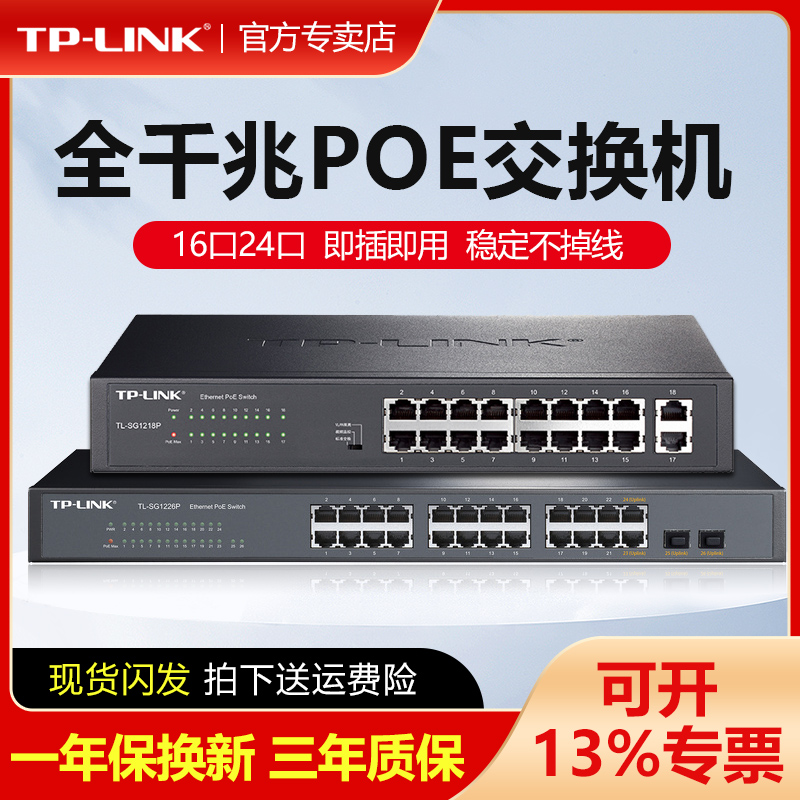办公区域智能安防监控系统的发展趋势
销售青春
2024-10-01 06:02:29
0次
办公区域智能安防监控系统的发展趋势
随着科技的飞速发展,办公区域智能安防监控系统正逐渐成为现代企业不可或缺的一部分。这种系统不仅提高了办公环境的安全性,还为企业提供了更高效、智能的管理方式。本文将探讨办公区域智能安防监控系统的发展趋势。
一、发展趋势
1. 更高清、更智能的摄像头技术
随着技术的进步,高清和智能摄像头技术将进一步应用于办公区域的安防监控。这些摄像头能够提供更清晰的画面,更准确地识别和追踪人员和物品。同时,人工智能和机器学习技术的应用将使这些摄像头具备更强的智能分析能力,能够自动识别异常行为并发出警报。
2. 物联网技术的融合
物联网技术将与智能安防监控系统深度融合,实现更高效的监控和管理。通过将摄像头、传感器、智能门禁等设备连接起来,可以实现对办公区域的实时监控和数据分析。此外,物联网技术还可以与办公区域的消防、照明等系统进行联动,提高整体的安全性和效率。
3. 大数据分析与云计算
大数据和云计算技术将为智能安防监控系统提供强大的支持。通过对大量监控数据进行深度分析和挖掘,可以更好地了解办公区域的安全状况,及时发现潜在的安全隐患。同时,云计算技术可以实现对监控数据的远程存储和处理,提高数据的安全性和可访问性。
4. 智能化警务管理
随着人工智能技术的发展,智能化警务管理将成为智能安防监控系统的重要发展方向。通过自动分析监控数据,系统可以自动判断是否需要报警或采取其他措施。此外,智能化警务管理还可以与公安部门进行联动,实现快速响应和处置。
二、翻译成英文
Development Trend of Intelligent Security Monitoring System in Office Areas
With the rapid development of technology, the intelligent security monitoring system in office areas has gradually become an indispensable part of modern enterprises. This system not only improves the safety of the office environment but also provides more efficient and intelligent management methods for enterprises. This article will explore the development trends of the intelligent security monitoring system in office areas.
I. Development Trends
1. Higher definition, more intelligent camera technology
With the advancement of technology, high-definition and intelligent camera technology will be further applied to security monitoring in office areas. These cameras can provide clearer images and more accurately identify and track personnel and items. At the same time, the application of artificial intelligence and machine learning technologies will enable these cameras to have stronger intelligent analysis capabilities, automatically identifying abnormal behaviors and issuing alerts. 2. Integration of IoT technology IoT technology will be deeply integrated with intelligent security monitoring systems to achieve more efficient monitoring and management. By connecting cameras, sensors, smart door locks, and other devices, real-time monitoring and data analysis of office areas can be achieved. Additionally, IoT technology can be linked with the office area's fire protection, lighting, and other systems to improve overall safety and efficiency. 3. Big data analysis and cloud computing Big data and cloud computing technologies will provide strong support for intelligent security monitoring systems. Through deep analysis and mining of large amounts of monitoring data, a better understanding of the security situation in office areas can be obtained, and potential security risks can be discovered in a timely manner. At the same time, cloud computing technology can achieve remote storage and processing of monitoring data, improving data security and accessibility. 4. Intelligent police management With the development of artificial intelligence technology, intelligent police management will become an important development direction for intelligent security monitoring systems. Through automatic analysis of monitoring data, the system can automatically determine whether an alert or other measures need to be taken. Additionally, intelligent police management can be linked with public security departments to achieve rapid response and disposal.相关内容
热门资讯
全面理解办公场所安防监控系统的...
本文全面解析了办公场所安防监控系统的部署与操作,包括系统需求分析、硬件设备选择与配置、系统安装与布线...
现代办公设备中的安防监控技术详...
现代办公设备中,安防监控技术如视频监控、入侵检测和人脸识别等,通过实时监测和保护,提高办公环境安全性...
办公设备中的安防利器:监控系统...
办公设备中,监控系统是提高安全与效率的安防利器。它能进行视频、音频监控,及时报警并分析数据,广泛应用...
打造安全办公环境,安防监控系统...
在信息化时代,安全办公环境愈发重要,高效安防监控系统必不可少。本文阐述其重要性及物理、数字和员工行为...
高效办公:智能安防监控设备的应...
本文讨论了智能安防监控设备在高效办公中的应用和选择,涉及视频监控、入侵检测和异常行为识别等技术。选择...
办公空间中不可或缺的监控设备
办公空间监控设备是不可或缺的,包括摄像头、录像机、监控屏幕及软件系统,能确保办公区域安全,提高工作效...
办公楼安防监控系统:保护企业资...
本文介绍了办公楼安防监控系统,旨在保护企业资产和员工安全。该系统通过视频监控、门禁控制等手段,实现全...
智慧办公,安全无虞——探秘现代...
现代安防监控设备具有智能化、高清化、智能分析技术及强大的存储回放功能,保障智慧办公安全无虞,保护企业...
办公区域安全防护:从办公设备监...
办公区域安全防护关键在于设备监控。通过监控办公设备,可提高使用效率、防止滥用和保障企业安全。采取安装...
办公设备中的安防监控:如何选择...
摘要:选择办公设备中的安防监控解决方案需考虑预算、安全性、兼容性、功能性和维护支持等因素。可采取视频...

